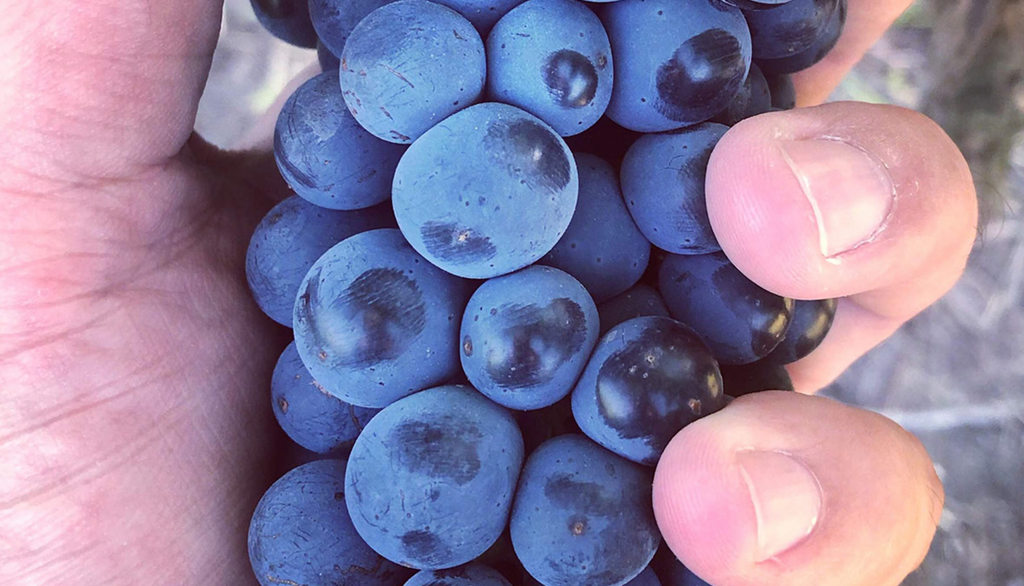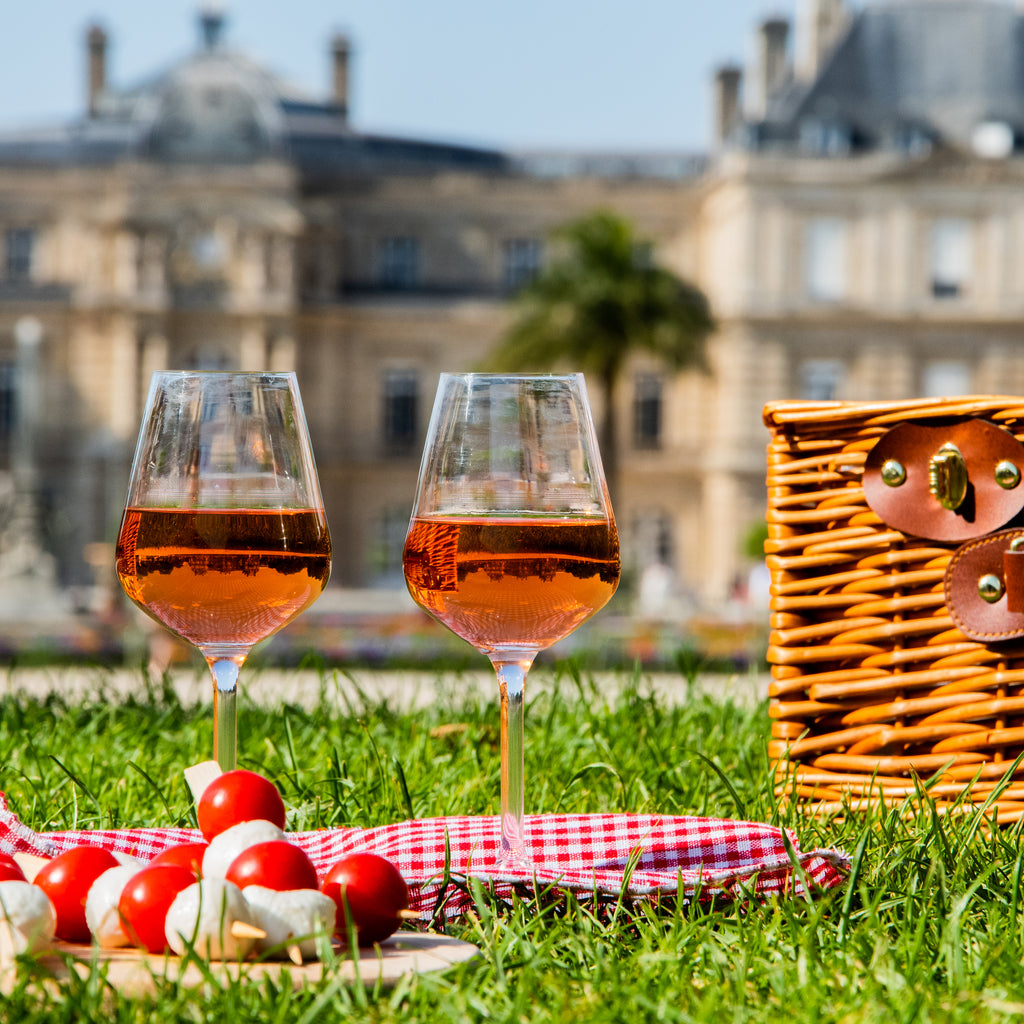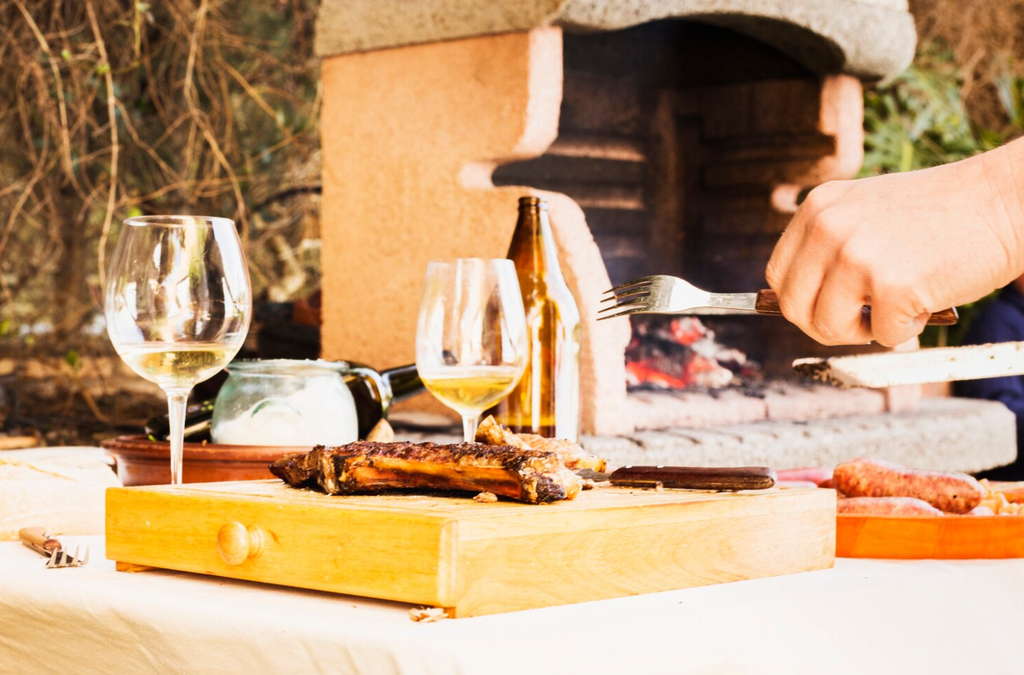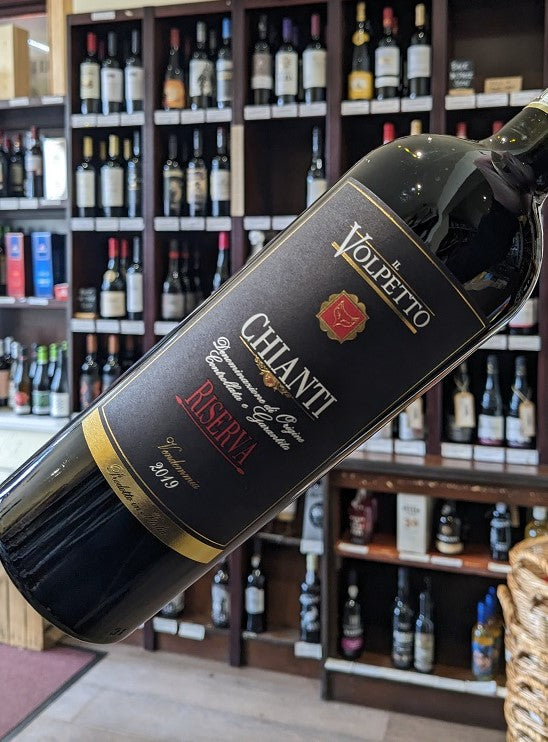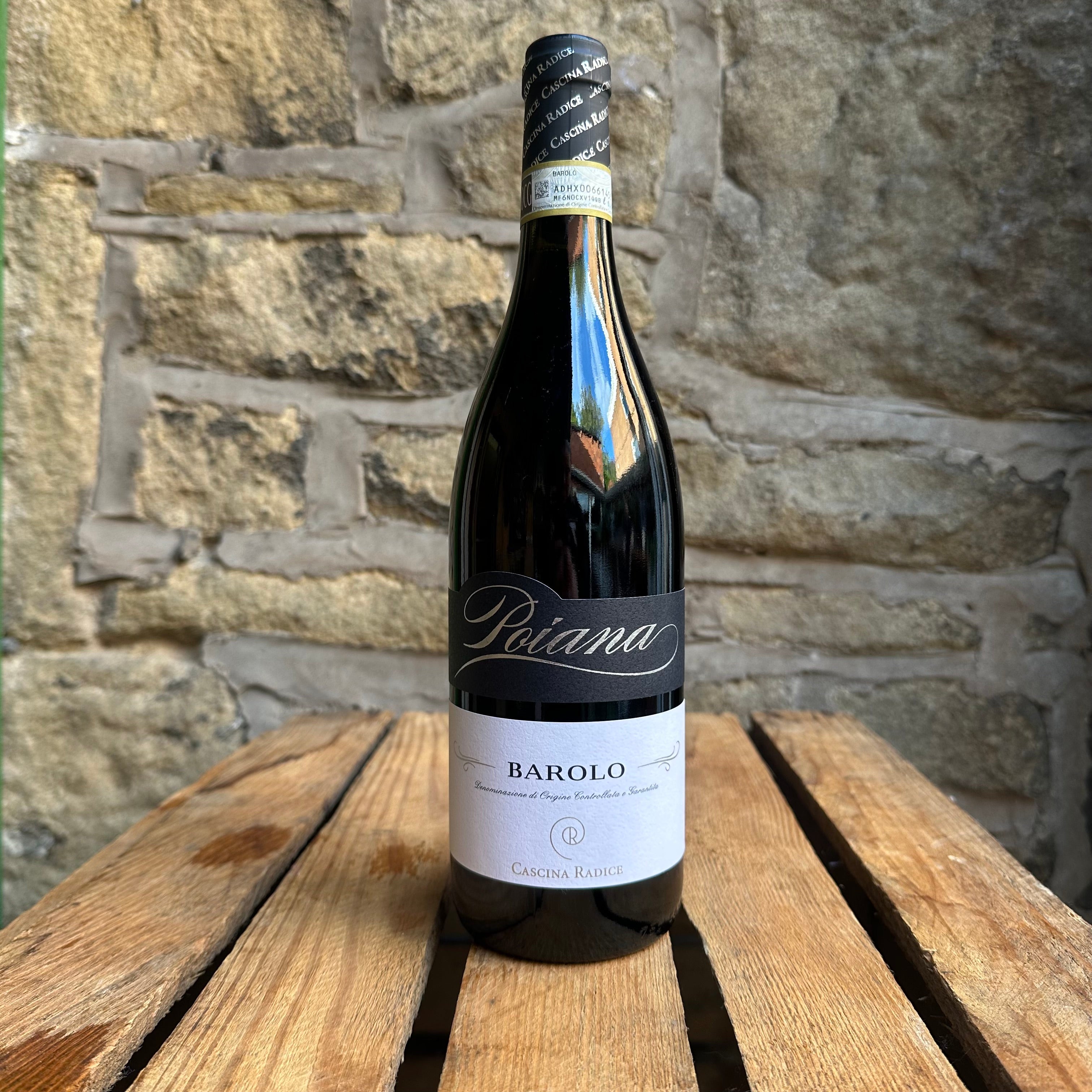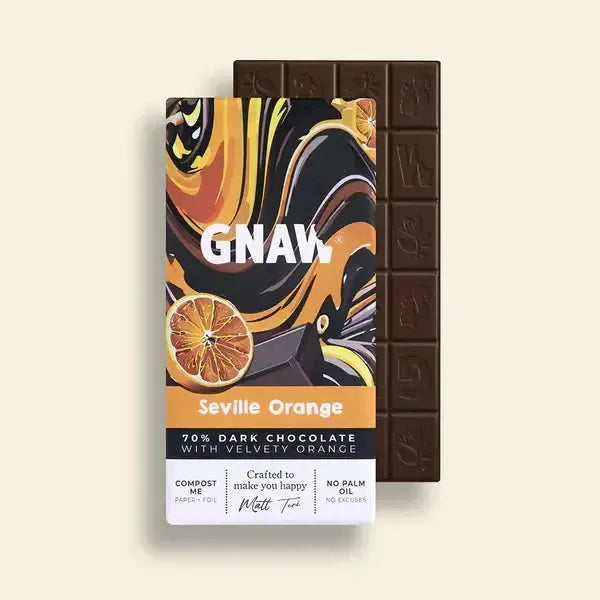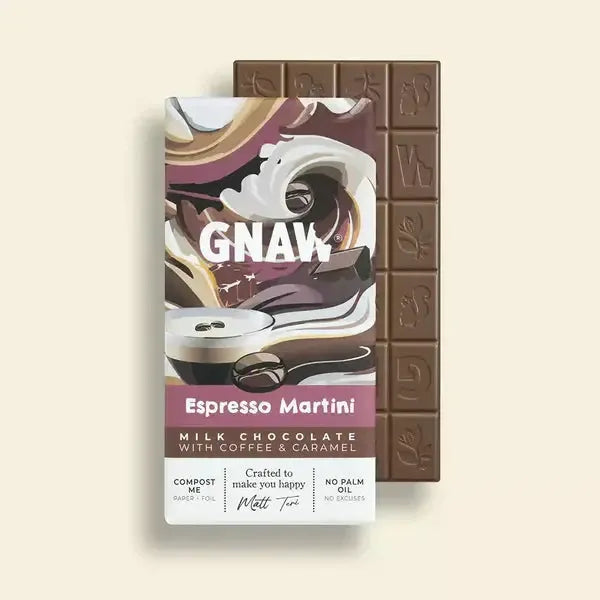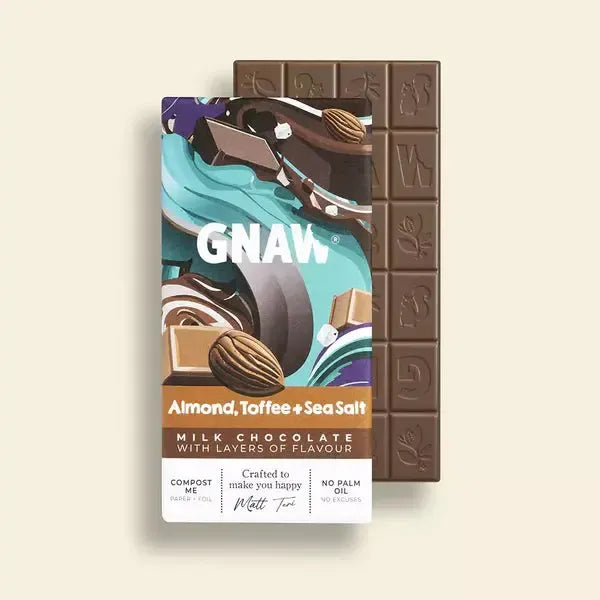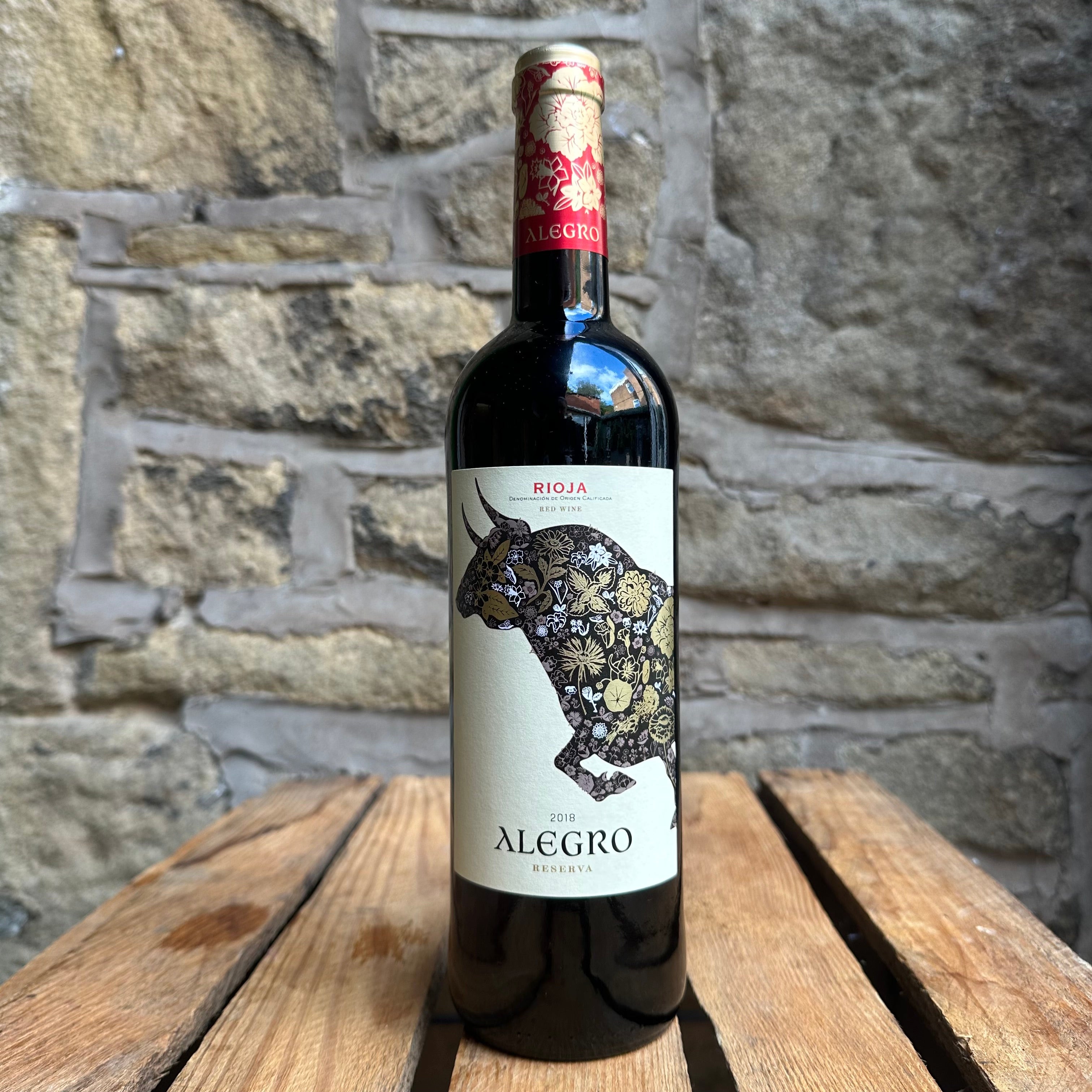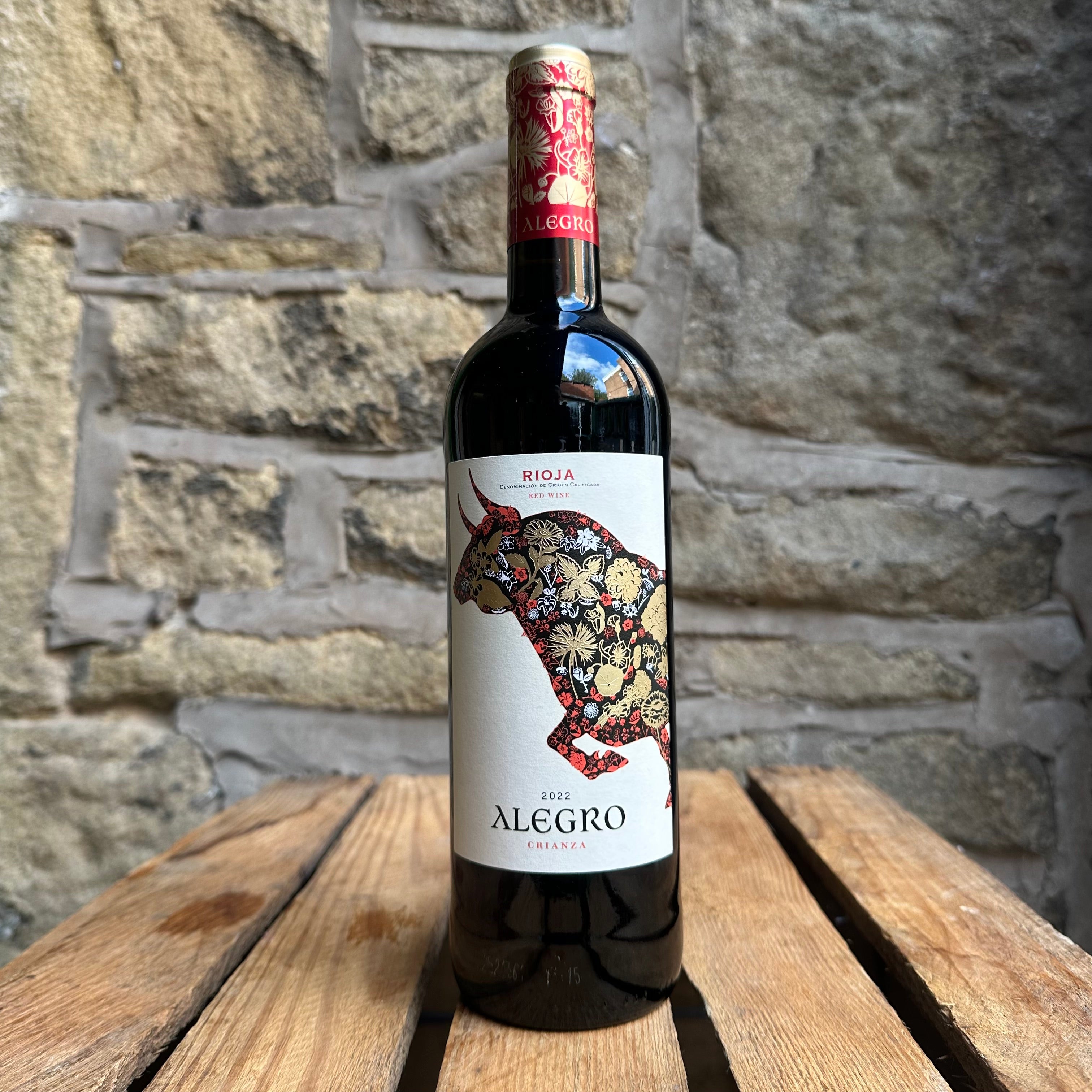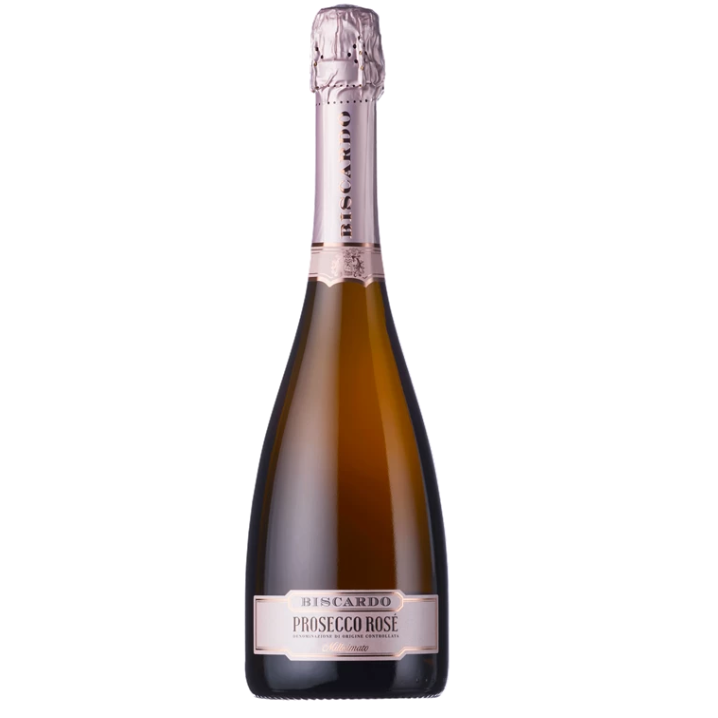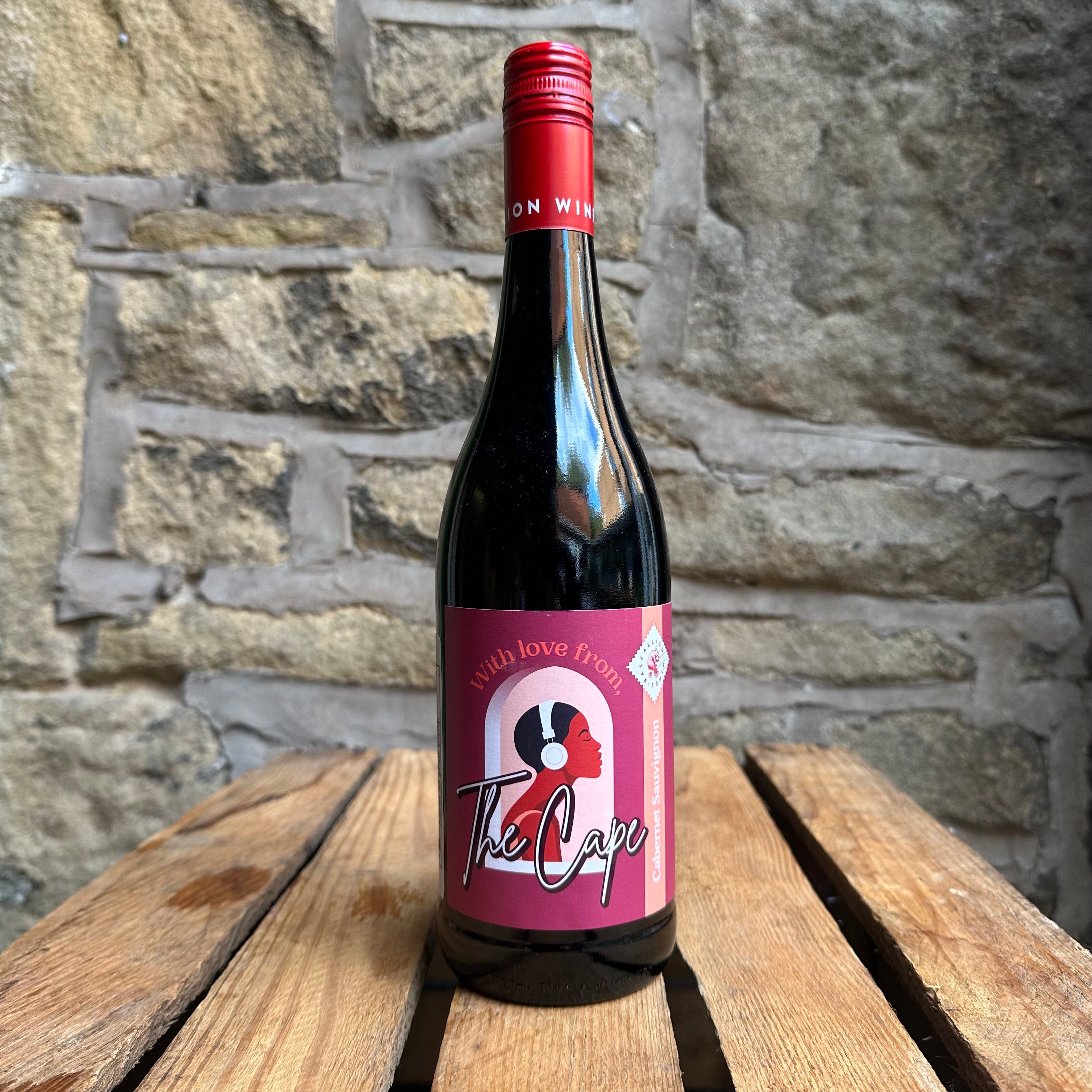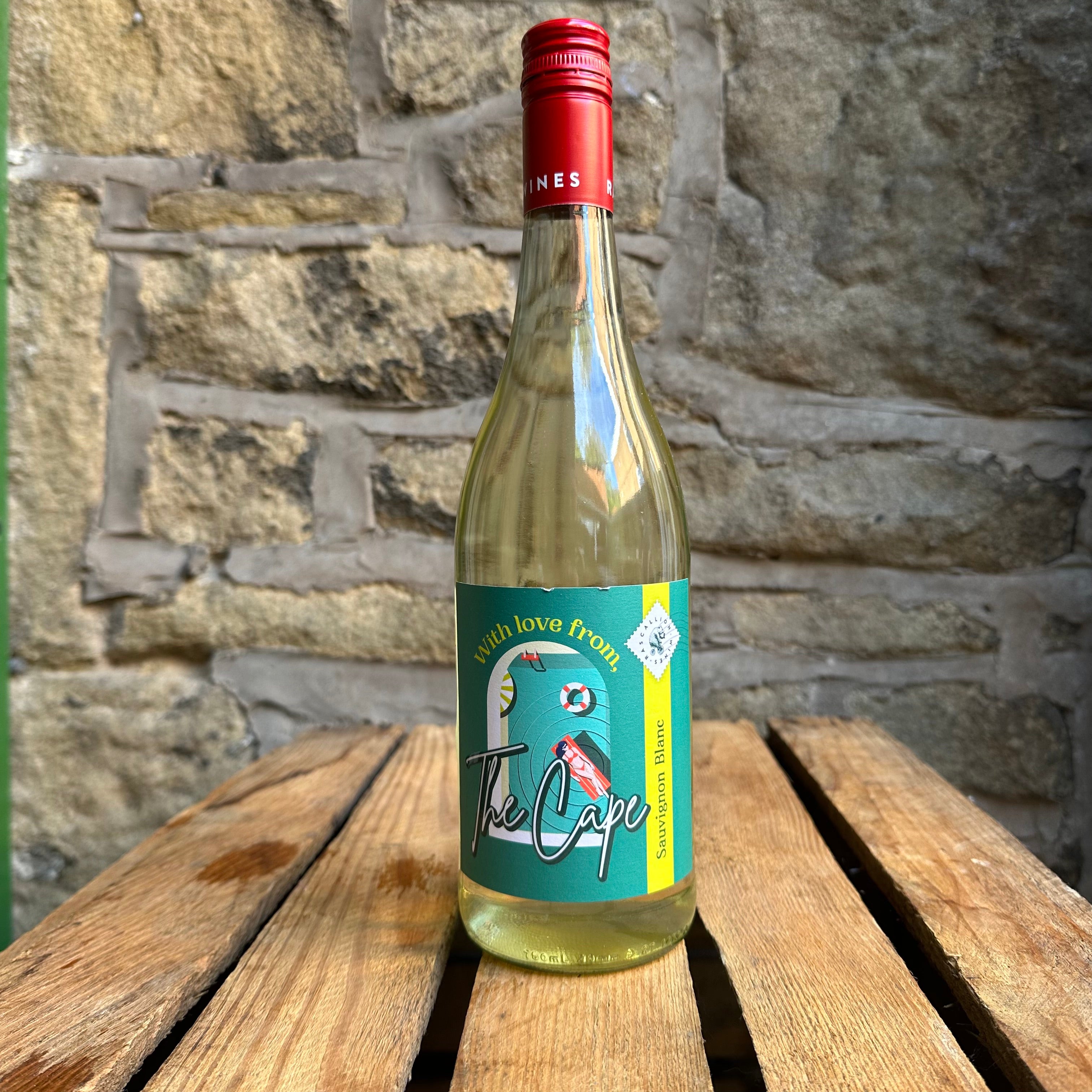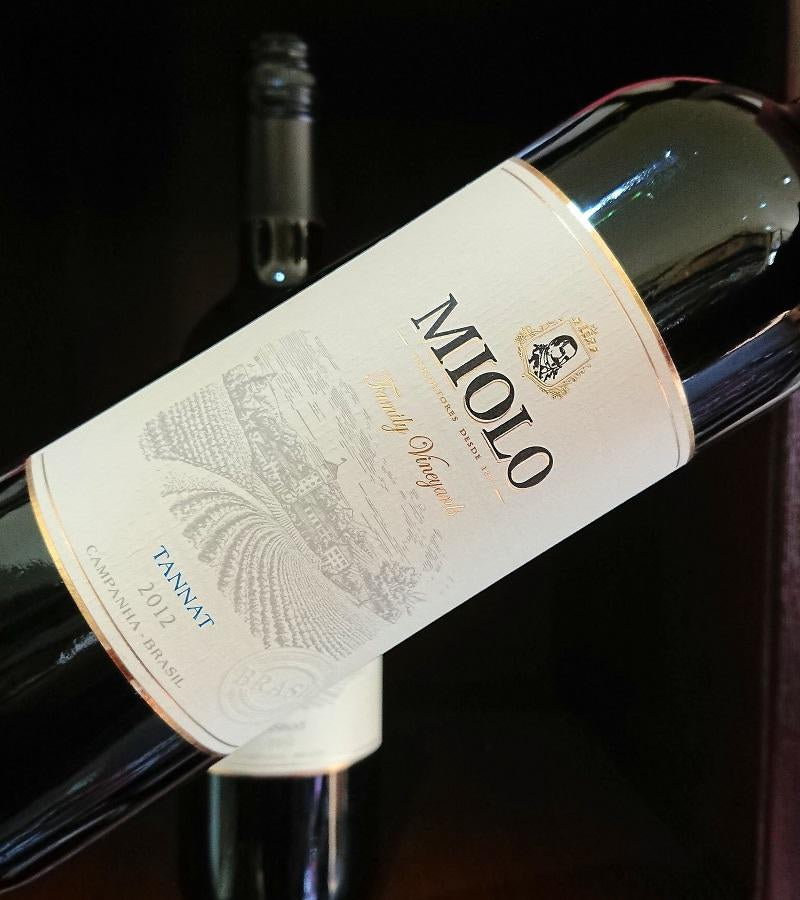
Brazilian Brilliance

Even though its first vines were planted in the 16th century, and European immigration brought local success until recently, Brazil has only made its mark on the international market since the millennium. Over 3000 awards for wine belies its relative youth, with a lots more excitement to come from its many regions that are learning to reach their full potential.
HISTORY
The largest country in Latin America, Brazil had its first vines planted by Portugal's Alfonso de Souza in 1532. Success was limited, with Alfonso and subsequent vine growers unable to fully harness the arid, hot climate and soils. Eventually there was a full ban on any commercial viticulture in the late 18th century, and when this was allowed again in 1808, it was under a closed economy for domestic consumption only. This paved the way for a local rise in viticulture, enhanced greatly with new vines and methods introduced by Italian immigration en masse in the late 19th century,
Although the reputation and quality of the wine industry rose under the closed economy, it wasn't until 1990 when Brazil was economically opened to international markets, that real advances were made. The introduction of market competition from wine imports meant that Brazil's own industry began to introduce a wealth of technological advancement and investment towards the millennium in order to keep its domestic audience.
BRAZILIAN CHARACTER
The result of these recent events have taken many by surprise, with huge international success and an official status as the 5th largest wine producer in the southern hemisphere. Overall, Brazil hosts over 195,000 acres of vineyards, over 1,000 wineries (90% of which are small, family-owned), 20,000 wine families and over 3,000 international awards. Brazil's wine identity is strongly linked to its cultural identity, with renown for typically fresh, light and fruit-forward wines. The push for approachable wines has no doubt impacted on its success, with a near 50-50 split of production between red and white wines, and a very large output of sparkling wines, many of which use Traditional Method production for outstanding quality.
VALE DOS VINEDOS
The oldest wine region established is Vale dos Vinhedos encompassing the Pedrinho River basin, where the Venetian dialect is still in widespread use since it was brought by Italian viticulturists in the mid 19th century. This is one of 5 sub-regions that make up Serra Gaucha, an area with some of the highest rainfall to combat the hot climate.
Miolo are one of the oldest, largest and most well-known wine making families, established in Vale dos Vinhedos in 1897. They have now spread their winemaking expertise to more regions across Brazil, bringing out the best from local micro-climates. Their outstanding expertise is shown in their sparkling Traditional Method Cuvee Brut, which uses the best Pinot Noir and Chardonnnay grapes from their Vale dos Vinhedos vineyards, aged for one year in the Miolo caves. The nose shows a complex, pleasant range of fruit and ageing bouquets for classic biscuit notes. The fruit-forward palate balances good weight, creamy texture and fresh acidity.
CAMPANHA
Miolo now dominate in up and coming Campanha, the most southern region presenting as a thin strip along the Uruguayan border. It has a fairly temperate climate due to the lower altitude of its rolling hills and flatlands, meaning carefully placed vineyards gain lots of daytime sun with cool evenings. Good rainfall is drained naturally by the prevalent granite-limestone soils, providing a good chance to bring grapes to their full potential.
Outstanding dominant grapes include Cabernet Sauvignon, native Tannat, Pinot Noir and Chardonnay, with great examples of each from Miolo. Their Tannat is 30% aged in American oak to bring subtle wood complexity, and to create a wine full of intense red fruit aromas and subtle spice. Their Chardonnay offering is 20% aged in American oak for depth and texture, alongside the unoaked element of crisp freshness. Tropical fruit and subtle wood aromas flow on to a full, yet refreshing palate of peach, pineapple and subtle vanilla. As for Pinot Noir, Miolo produce a wine aged in both American and French oak barrels. This produces divinely complex aromas of raspberry, blackberry, strawberry, plum, spices and chocolate that fall onto a sweet, velvety and sumptuously delicate palate.
The versatility of Campanha is shining through too, with new and more unusual grapes (for Brazil) able to thrive in the region. For instance, Alisios do Seival equally blend Pinot Grigio & Riesling for a complex nose of aromatic flowers, peach, and pear. Intense, clean and bright, it has very balanced acidity and a light structure on the palate. Their blend of Tempranillo & Touriga has an explosive nose of wild red plum with hints of cinnamon and tobacco. The palate has soft persistence and harmony, with freshness and balance. So, there is a chance now to try the classic and unusual from this wonderful country, with thriving potential meaning much more is sure to please our tastebuds for many years to come!


